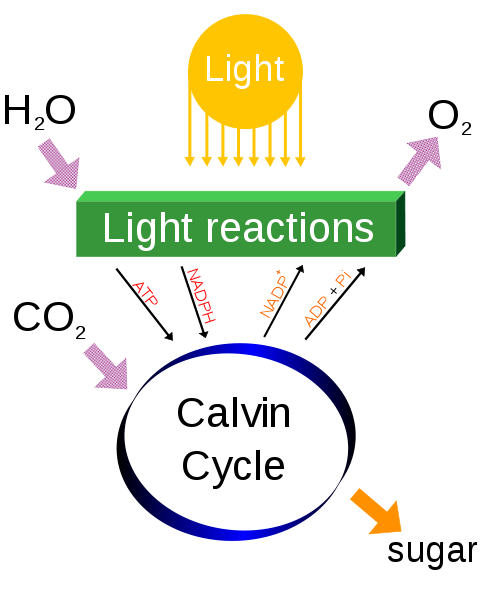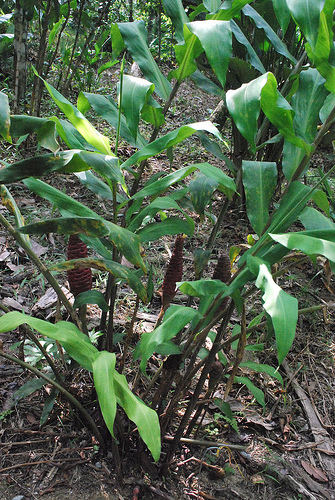Zingiber officinale
(Ginger)
Chelsey Rodger
Bio 203: University of Wisconsin- La Crosse
Its Photosynthesis Time!
Zingiber officinale
does not require much water, excess
water can lead to root rot. Ginger flourishes in bright light and
moderate humidity, check out the perfect habitat
for this plant. Ginger can not grow successfully under certain
conditions including frost, direct sun, strong winds, or soggy
water-logged soil. This diverse plant is considered to be an autotroph,
which is an organism that is capable of synthesizing its own food from
inorganic substances, using light, or chemical energy.

Photosynthesis is used as the major source of acquiring nutrients. The process of photosynthesis in basic terms is the conversion of light energy to chemical energy and storing it in the bonds of sugar. Other organisms that use photosynthesis as a primary source of receiving their nutrients are sweet corn, sunflower, and the sweet violet.
The tropical forest, which is gingers' primary habitat, is phosphorous limited rather than nitrogen limited. This is the complete opposite composition in temperate forests. This soil composition in tropical forests affects our atmosphere, go to Green House Gas Online to learn more about this conflict.
Since you've learned what the ginger needs for nutrition, check out the Zingiber officinale home page to find some recipes for your own nutritional health!

